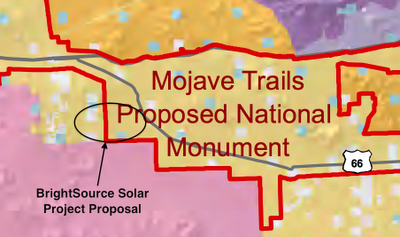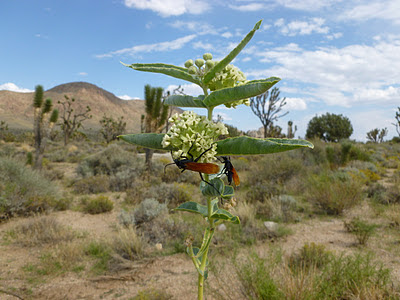Kit Foxes Die After Solar Developer Evicts Them From Dens

NextEra Energy began construction last year on the 2.8 square mile Genesis Solar power project in California's Chuckwalla Valley. The desert habitat was home to kit foxes, a mostly nocturnal animal that feeds on insects and small reptiles. According to the California Energy Commission (CEC), 65 active and inactive kit fox burrow complexes were found on the project site. This image was captured by a camera trap monitoring a kit fox den on the site of the Genesis Solar power project. Image from the CEC's Monthly Compliance Report for the Genesis Solar power project. Since construction began, at least seven kit foxes have died of distemper, a canine virus that is spread through bodily fluids, including urine. The virus is not known to be a prevalent problem for wild kit foxes, and the death of the animals on the project site came as a surprise to wildlife officials. In an article written by Chris Clarke on KCET , he investigates the possibility that the foxes were in...




